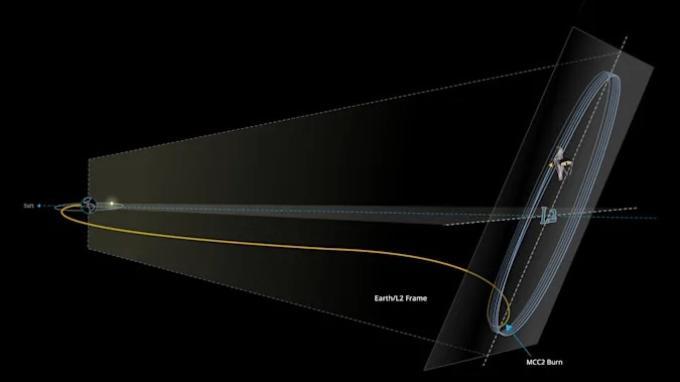TRIBUNNEWS.COM — A rocky planet of unprecedented detail discovered by the James Webb space telescope.
This strange planet is thought to have similarities with Earth and continues to be studied from the telescope.
The study targets of this telescope are two ‘SuperEarths’, Earth-like exoplanets. The telescope’s scientific consortium has an agenda of studying the geology of these small planets, which are more than 50 light-years away.
According to scientists, this new work will be something big for the observatory, which will be out of commissioning in the next few weeks.
Rocky planets are harder to see than gas giants in current telescope technology.
Read also: Hole on Mars resembles a door, is it really made by aliens?
This is due to the relative brightness of the smaller planets next to the star and their relatively small size.
However, the James Webb telescope’s powerful mirrors and space location should allow it to examine two planets slightly larger than Earth, known as “SuperEarths.”
As is well known, none of these worlds is habitable, but the proof can still be done by investigation for in-depth study in the future.
The two Earth-like planets outside the Solar System highlighted in the research to be carried out by the James Webb Space Telescope include 55 Cancri e which is extremely hot and covered in lava and LHS 3844 b which lacks a substantial atmosphere.
For information, 55 Cancri e orbits its parent star at a distance of 1.5 million miles (2.4 million km), about four percent of the relative distance between Mercury and the sun.
–


